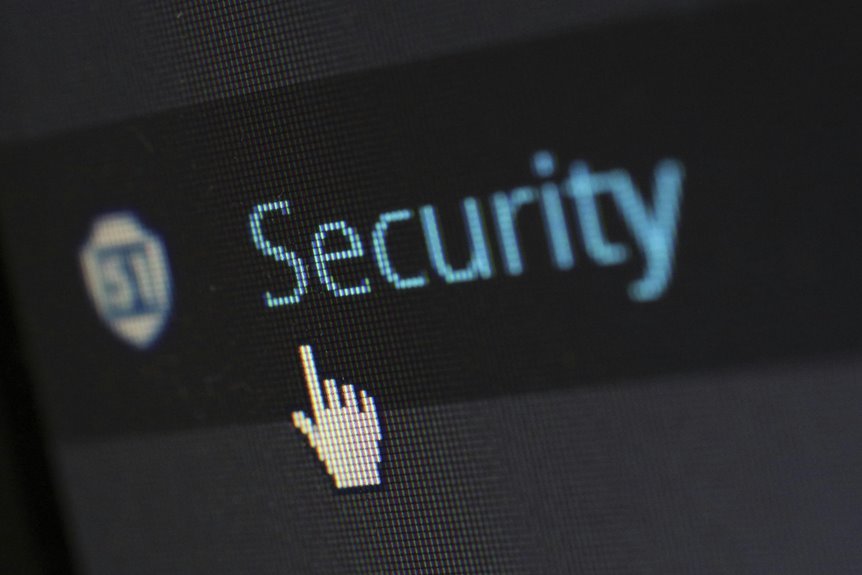Caller authentication oversight is essential for the Global Security Division, especially when managing various phone numbers like 3279982288, 3345698467, and 3511681042. Effective verification processes are crucial to prevent fraud and identity theft. Current vulnerabilities in systems expose significant risks. By assessing and improving authentication methods, the division can enhance user trust and privacy. However, the question remains: what specific strategies will be implemented to fortify these critical security measures?
The Importance of Caller Authentication in Modern Communication
How can modern communication systems ensure the integrity of caller identification?
Caller authentication plays a crucial role in identity verification, safeguarding users from fraud and deception.
By implementing robust communication security measures, systems can validate caller identities, thus enhancing trust in digital interactions.
This verification process not only protects individual privacy but also fosters a secure environment conducive to free expression and open dialogue.
Technologies and Protocols Supporting Caller Authentication
Numerous technologies and protocols exist to bolster caller authentication, each contributing uniquely to the integrity of communication systems.
Biometric verification, leveraging unique physical attributes, enhances security by ensuring that the caller’s identity is genuine.
Additionally, robust encryption standards safeguard data transmission, preventing unauthorized access and ensuring confidentiality.
Together, these advancements create a more secure framework for authenticating callers in an increasingly interconnected world.
Case Studies: Analyzing Caller Authentication Oversight
Although advancements in caller authentication technologies have significantly improved security, real-world case studies reveal critical oversights that can compromise their effectiveness.
Instances of caller fraud highlight vulnerabilities in existing verification processes, leading to security breaches and identity theft.
These examples underscore the necessity for continuous evaluation and enhancement of authentication methods to safeguard against emerging threats and protect consumer trust in communication systems.
Building Trust Through Enhanced Security Measures
As organizations seek to fortify their communication systems against vulnerabilities, the implementation of enhanced security measures becomes crucial in building trust with consumers.
Trust enhancement is achieved through robust protocols, including multi-factor authentication and encryption.
These security measures not only mitigate risks but also assure clients of their data’s integrity, fostering a secure environment where freedom of communication can thrive without fear of compromise.
Conclusion
In the intricate web of digital communication, robust caller authentication serves as a vigilant sentinel, guarding against the shadows of fraud and identity theft. As the Global Security Division meticulously refines its verification methods, it not only fortifies the citadel of user trust but also fosters an environment where privacy flourishes. By navigating the complexities of evolving technologies, the division crafts a secure landscape, ensuring that each call resonates with authenticity and integrity, echoing the commitment to safeguarding personal information.





